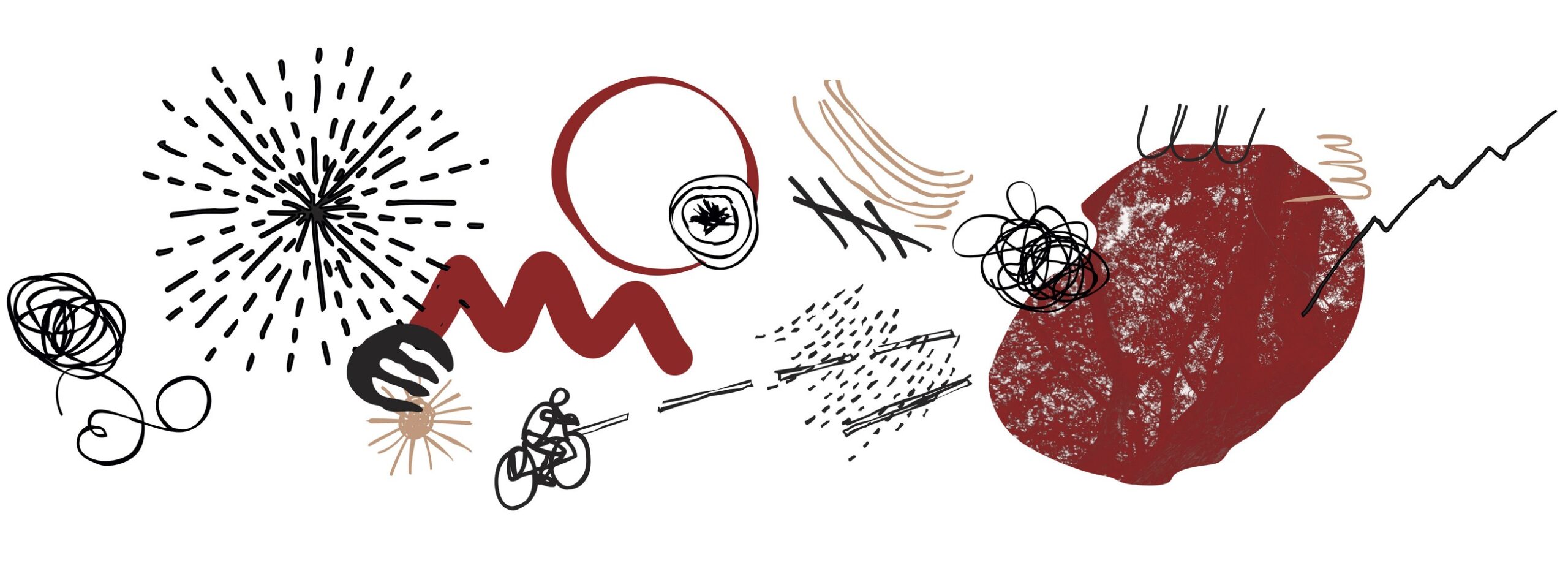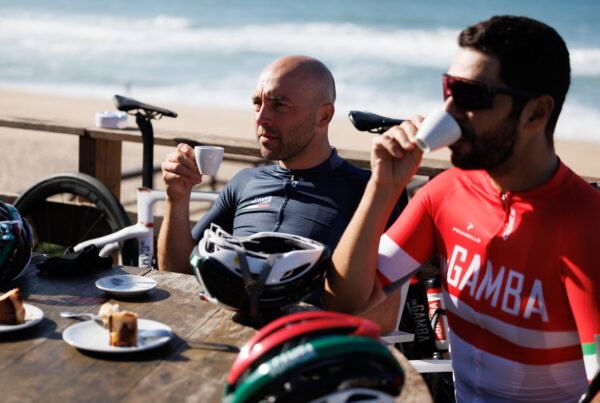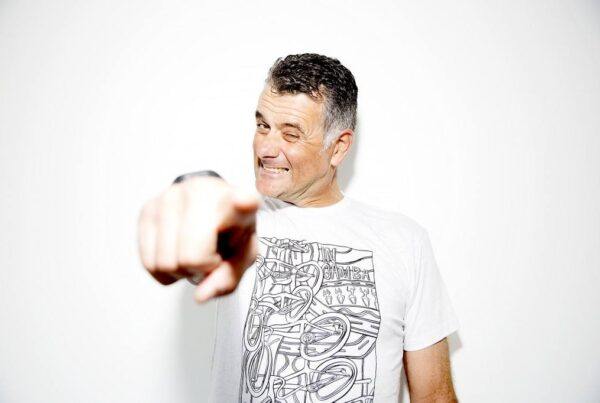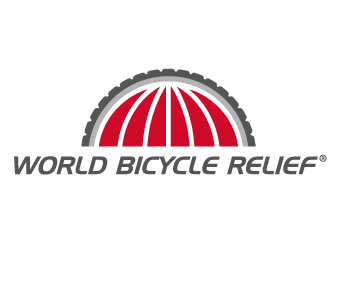The first time I got dropped, I didn’t even know what that meant. Looking back, it’s possible that I had been dropped on other occasions, possibly many times. But this was the first time where I realized what was happening. I had just moved to Philadelphia, and one Tuesday afternoon I decided to go for a ride after work. I had an old steel Peugeot with downtube shifters, and purple cycling shoes with sparkly straps.
Passing in front of the Art Museum, I noticed a group of cyclists lounging around by the Rocky steps, looking like a gang of feral cats. A bunch of them had matching jerseys, and I wondered why. I pedaled past their disdainful looks and headed out on a road paralleling the Schuylkill River. The crew boats were out, and I watched the rowers. Then, about ten minutes later, I heard a buzzing sound behind me, like a swarm of insects. It was coming up fast. Someone yelled, “SLOW RIDER!” and seconds later, a swarm of racers were blowing past me. “Slow rider!” they yelled. “Slow rider! Slow Rider!”
Did they mean me? Yes, they did. There were about fifty of them, and as the last one shot past I sprinted to try to catch on to his wheel. No dice.
I asked around and learned it was a weekly Tuesday night training ride, known as “The Drives” because it circled the parkways on either side of the river, looping back down past Boathouse row and the Rocky steps. The following Tuesday, I came out at about the same time, and once again they came up behind me. This time I was ready. I pedaled faster, so that by the time the last rider passed me I was going almost as fast as the pack. Almost, but not quite. I hung onto the last guy’s wheel as long as I could, which wasn’t very long. A two-foot gap became 10 feet became 50 yards, and they slipped away. No matter how hard I rode, there was no catching them. My legs felt like they were full of spider venom.
The third Tuesday, I made it farther, all the way to the bridge where the group would cross and come back down toward the Art Museum. Mercifully, the pack slowed down (it inevitably does, I later learned). One of the guys in the matching jerseys, who rode for one of the big local teams, rode up beside me. His legs were shaved and shiny, I noticed. To my surprise, he was friendly. “Relax your arms,” he said. “Let the blood flow to your legs.”
It helped, but I still got dropped about a half-mile down the road. The Drives was like that, one of those Weekday World Championships that you’ll find in just about every cycling town. It was a big, ugly, hairy, ultra-cutthroat, sometimes unfriendly, fast and dangerous ride on a busy road with some pretty serious manhole covers. I loved it.
Eventually I got so I could last a full lap, then a lap and a half. I got addicted to that feeling of flying along with a big, fast pack, the hum of the gears, the dance of the wheels, the feeling of danger. I’d even take a pull now and then, which almost always resulted in immediate droppage, but I did it anyway. It just hastened the inevitable: Every single week, pull or no pull, I’d get shelled and slink home, feeling like I sucked.
But actually, I didn’t suck, as I would soon find out.
As a recreational rider and mainly a mountain biker, I’d always been happy to go my own pace. That’s part of the joy of cycling, the freedom to go wherever you want, however fast you feel like going. Sometimes nice and easy on the bike path, and sometimes hard, like up a rocky single-track climb. In road cycling, though, it’s all about the group. You’re riding at someone else’s pace, and staying with it is pretty much the game. Whether it’s a breakaway in a race, a big group ride, or just a few friends out on Sunday morning, you either stay with the group, or spend the rest of the day alone in Suckville.
The group gives you a physical advantage, reducing the amount of aerodynamic drag, but it’s also a mental boost, just feeling like you’re part of a collective effort, a sled dog in the pack. The paradox is that while it’s almost always easier to ride with a group, staying with it can sometimes feel next to impossible. You feel tired, you’re fighting the bike, eating the wind, and the dark thoughts invade your mind. Two feet becomes ten feet becomes fifty yards, a distance you can’t close, and it’s bye-bye. The worst part is that you can still see the group up ahead, slowly but inexorably pulling away from you. Then a few minutes later you feel fine, and realize it would have been easier in the long run to just not let yourself get dropped. Of course you could have gotten through the bad patch.
That’s part of what cycling – and specifically, getting dropped – teaches us. You actually can go harder; you actually can get through whatever pain you’re experiencing, even if it seems unimaginable. Cycling lets you push yourself, or be pushed, to places where non-cyclists (who I think of as “civilians”) don’t get to go. Getting dropped is intensely painful, of course, but at the same time, it makes you stronger; you went to your limit, mental and physical. Most people don’t get to do that. Most people can’t do that. At least not in athletics. Life is another matter; life has a way of pushing you to the extreme, at times, whether you want to or not. You have to get through the bad patch, and keep going.
When I got into road riding, all those years ago in Philly, I was going through my own bad patch. I’d overturned my life and moved away from my hometown to take a new job, which turned out to be not quite what I’d hoped it would be. At the same time, I was enrolled in a graduate-level seminar in sociopathic girlfriends. (Leave it at that.) Also, my apartment had rodents. The Drives overtook me at just the right time. Getting dropped, hard, taught me to fight through pain, to fight to survive. I put my job on autopilot for a while, and focused on riding.
At some point, I decided to try a road race. I’d raced on dirt, but this was a new challenge. One Saturday morning in August, I rolled up to the start of a Cat 5 race, as nervous as I’d ever been. I started at the back, where I thought I belonged. It was a hilly circuit, and soon I was riding around around guys who seemed to be going too slowly. There was a pack forming up ahead, and I pushed hard to try to catch on, just like I’d done on the Drives. It worked. “Nice pull,” said someone behind me. It was painful, but the pain went away soon enough and I stayed with the group, trying to keep to sixth or seventh wheel. It felt a lot easier than the Drives, but I still focused all my attention on following the wheels, staying with it. When I turned around and looked back, a couple laps later, there was nobody behind us. I finished sixth.
Years later, in Portugal, on a long, slow, maddening false-flat climb, I found myself dropped again. Like, really dropped. Really most sincerely dropped. It had been years since I’d ridden “seriously” on the road, and I have to admit, I kind of gave up. We were four days into a tough eight-day trip, and I needed a little break. So I sat up, soft-pedaled, pulled out my phone for some picturesque Instagramming. A couple of guys blew by and yelled at me to get on. Nope, nope, nope. I pedaled along quietly for another few minutes when someone else whooshed up beside me. José. José the bull. “Come on!” he yelled, pointing to his wheel.
“I’m just riding home easy,” I replied.
“No, you’re not!”
It was more like a command, so off we went, and for a long while there was nothing but the road, the hot wind, the dry Portuguese hills, and far ahead of us, the tiny black dots of the group. We buried ourselves, and it was a feeling I hadn’t had in a long time.
Long story short, we caught them.















